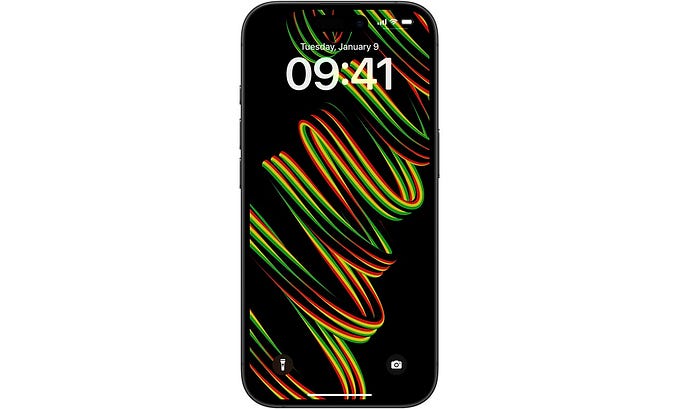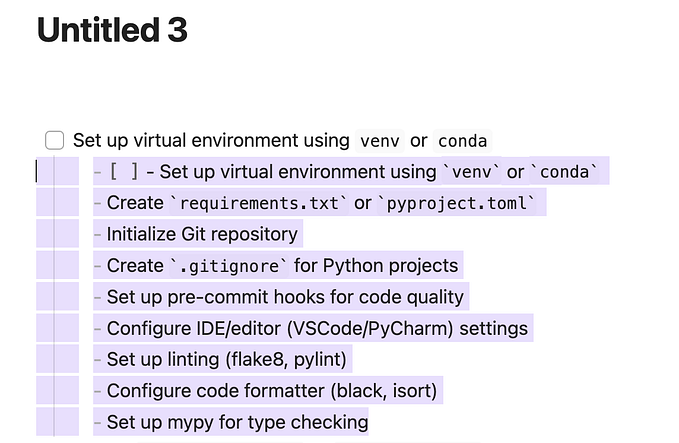With the MacBook Air, Apple repeats the mistakes it made on the MacBook
New MacBook Air is more expensive, has too many tradeoffs.

After years of being ignored, the MacBook Air finally got a refresh on October 30, cofounding analysts who long believe it would be phased out once the 12" MacBook (hereafter referred to simply as the “MacBook”) got a price cut. But with the new computer hitting shelves (or doorsteps) on November 7, it’s clear that Apple couldn’t drop it’s beloved MacBook Air brand — largely because the MacBook required customers to make far too many compromises.
The MacBook seemed like it was going to be the future of Apple’s ultra-portable laptops, but to take that step Apple demanded too much. First and foremost: the price. When the MacBook was introduced in 2015, there were two base configurations: $1,299 and $1,599. Three and a half years later, those prices haven’t come down, and while the MacBook did have the Retina screen that the MacBook Air did not, it wasn’t enough to justify the extra cost, especially when there were other tradeoffs to consider.
The MacBook introduced the concept of dongle hell to the masses. Its single USB-C port severely limited what people could connect to their laptops, and since it was (and continues to be) rarely used, most people will need a few dongles depending on what they want to connect. Meanwhile, the MacBook Air had two USB-A ports, a Thunderbolt 2 port, an SD card slot, and the headphone jack.
Then there was the keyboard. Its larger, more evenly backlit keys were welcome, but the experience of using it became a problem for a lot of people as the smaller degree of key travel made it less comfortable and an issue with dust causing keys not to work remains unacknowledged by Apple. Even though the design has since been tweaked, that hasn’t addressed the issues and a lot of people are still trying to avoid it at all costs, but its inclusion in the new MacBook Air makes that harder.
In short, the MacBook demanded a lot of compromises from customers making the switch from the MacBook Air: a dodgy keyboard, dongle hell, and a higher price in exchange for a Retina screen. That was too much for a lot of customers that kept buying the MacBook Air even as Apple stopped updating it with the latest chipsets.
Apple knows people love the MacBook Air, and that love did not transfer to the MacBook. Instead of addressing the issues with the MacBook, Apple chose to refresh the MacBook Air, making its product lineup even more confusing. But, knowing that customers weren’t thrilled about the MacBook, Apple went on to force almost all the same tradeoffs into the new MacBook Air.
There should be no question that the 2018 MacBook Air is a beautiful piece of hardware, but its raison d’être is unclear, especially when the MacBook continues to exist alongside it. The MacBook Air’s retina screen is 1.3" larger than the MacBook’s, it has one more USB-C port, Touch ID, 128GB less storage, a very modest performance bump, and costs $100 less. Plus, it has the new keyboard that has divided MacBook users.
The new MacBook Air is still very portable, but its customers were attracted to its affordable price and the convenience that came with its wide array of ports. The retina screen, second USB-C port, and even Touch ID are welcome additions — though it’s odd how Touch ID is being added to Macs just as it’s being removed from iPhones and iPads — but they’re not why people buy the MacBook Air. There’s also no reason that these features couldn’t have just been added to the MacBook instead of creating such a similar product.
Despite still having Johnny Ive in charge of product design, it’s clear that Tim Cook’s leadership has altered the direction of the company, and that’s hurting Apple’s products. The number of models in each product category keeps growing and everything keeps getting more expensive, while the number of software issues and, to a lesser degree, hardware complaints multiplies.
It will be interesting to see how this new iteration of the MacBook Air performs, and whether the MacBook continues to exist alongside it for much longer. Apple’s corporate leadership clearly isn’t concerned about what its customers want, but it also isn’t making a compelling case for why they should accept the tradeoffs that are being forced upon them. That may be why a significant number of previously committed Mac users made the move to Windows after the release of the updated MacBook Pro a couple years ago, and why more may do the same after seeing the new MacBook Air.








